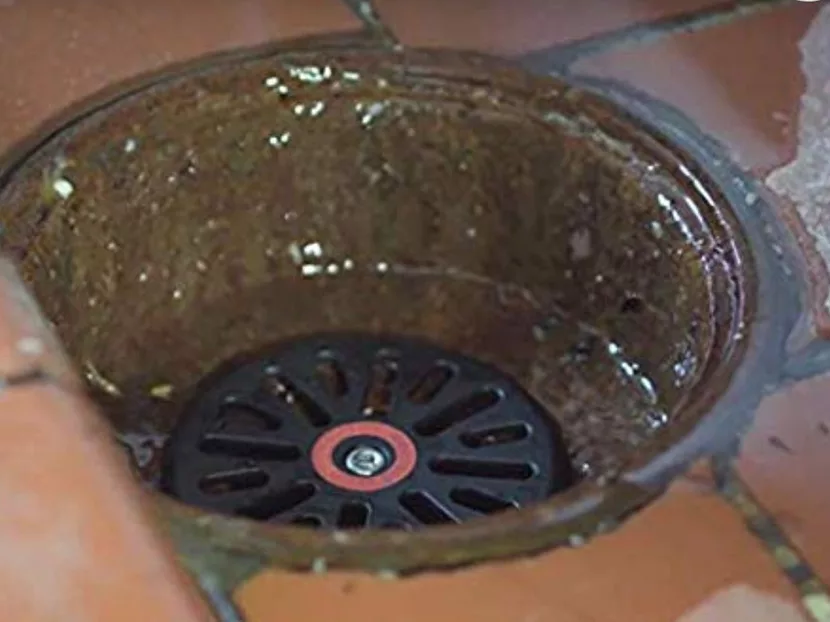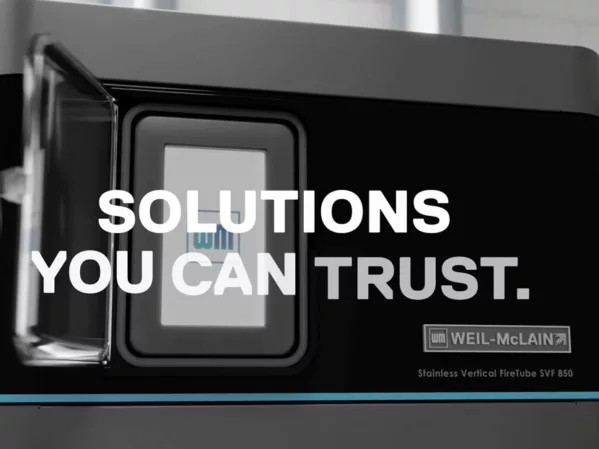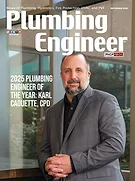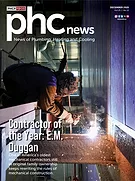As owner of a plumbing service company serving Fullerton, California, I often receive calls from restaurant owners, executive chefs and commercial facility managers complaining that their commercial kitchen drains are constantly plugging up and costing them thousands of dollars each year to correct.
They look to our company to provide a solution to this ongoing, expensive and real problem.
While on site, I inspect the floor sinks, which serve the freestanding stainless-steel culinary kitchen sinks, as well as trench drains and floor drains in each kitchen. National restaurant chains have within their standard operating procedures a hard policy that each commercial kitchen floor area needs to be washed down and rinsed at the end of every shift. Employees comply, but they don’t always properly remove debris.
Employees or third-party cleaning staff who clean and rinse the floors down after each shift, often simply rinse or squeegee food particles and debris into the floor sinks which are located directly under the commercial kitchen sink, or down into the trench and floor drains. In the cleaner’s mind, everything washed into these drains will continue to flow into the city sewer system. Not so!
Once food particles and debris are rinsed into the floor sinks, trench or drain openings, which are typically 2 inches in diameter, it does not take long for a p-trap, sewer line or grease interceptor to plug.
This is the beginning of an expensive sewer cleaning problems, not to mention facility downtime, offensive odors and, the risk of a health inspector closing the facility down until the unsanitary condition of plugged drains is permanently corrected.
Personally, I have removed everything from spoons, forks, knives, bottle caps, corks, straws, food particles and waste from drains and sewer lines – and have literally seen staff standing in water on the floor hoping I can unplug their drains as soon as possible.
Knowing I have an obligation to my customers, I began looking for a solution to this expensive and ongoing problem.
While at the LAPHCC Flow Expo show in Pomona, California, earlier this year I came across a perfect solution.
One of the exhibitors, Plastek DrainLocks, was demonstrating a product they referred to as a “drainlock.” Their one-piece drainlock design slides easily into the inlet of the commercial floor sink they had in their booth, to then be tightened up with a simple vandal-proof wrench to lock the drainlock into place – literally locking the drain and not allowing the cleaning staff to remove it.
By locking the drain the cleaning staff can now remove the particles, food waste and debris manually vs. washing down into the drain as in past.
I was so impressed with this product I purchased a case on the spot and have since installed eight drainlocks at customers’ locations who were complaining of ongoing and expensive plugged drains. All were very thankful for such a reasonable solution and to such a major and expensive problem.
I have also since discovered Plastek has available a domed drainlock, a standard flat drainlock and a standard drainlock with an integral mesh to capture even smaller food particles such as rice, etc.
As professionals, it is up to us to stay current with new products as they come on the market – and I am glad I came across this product.





